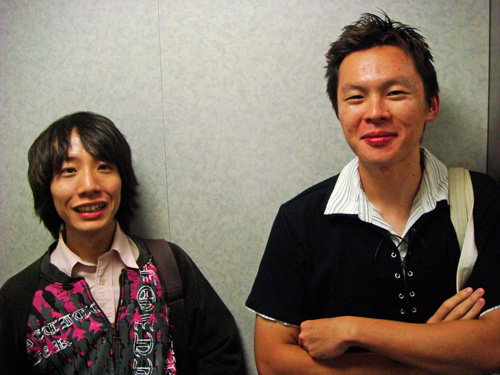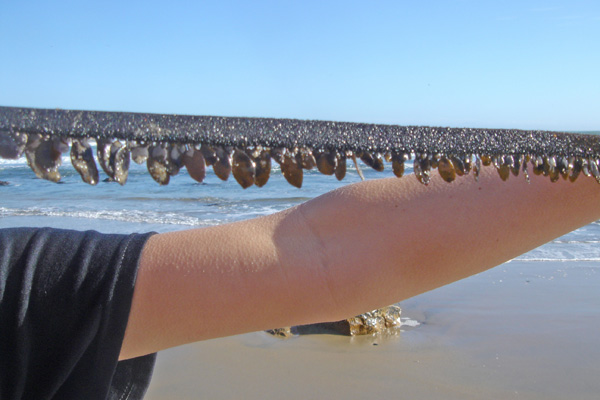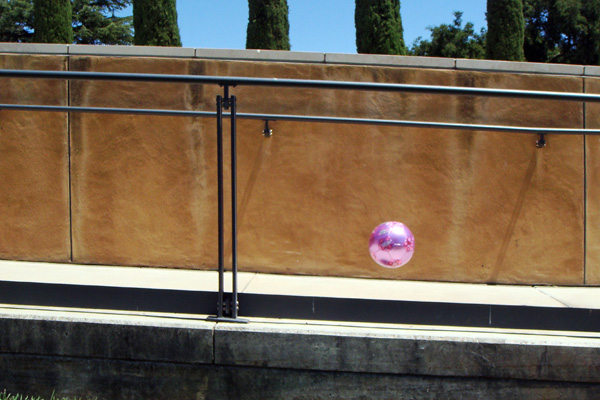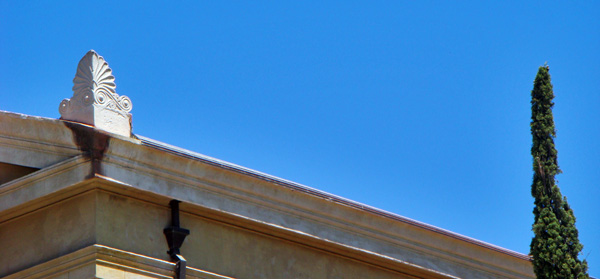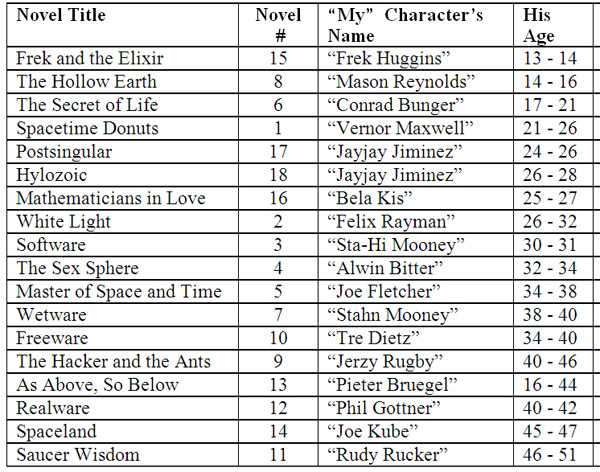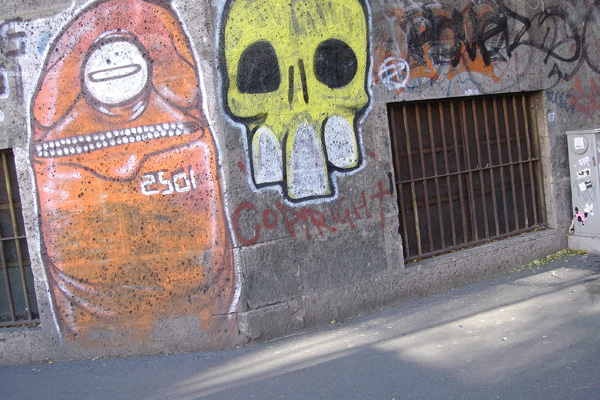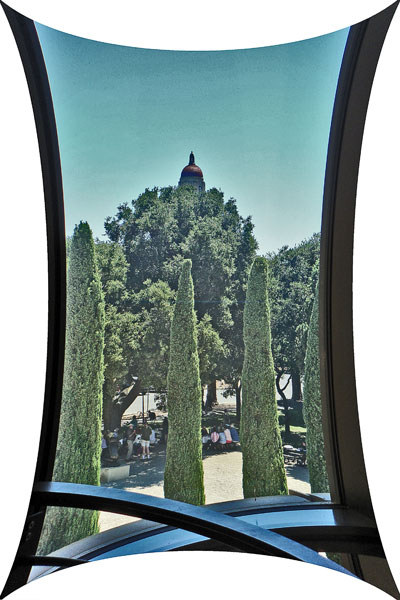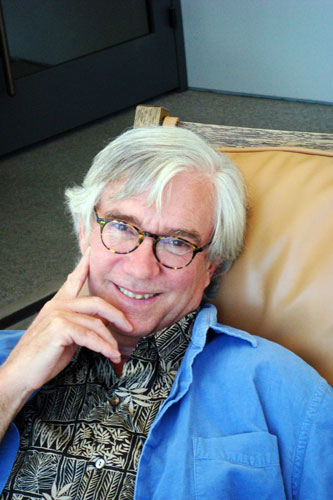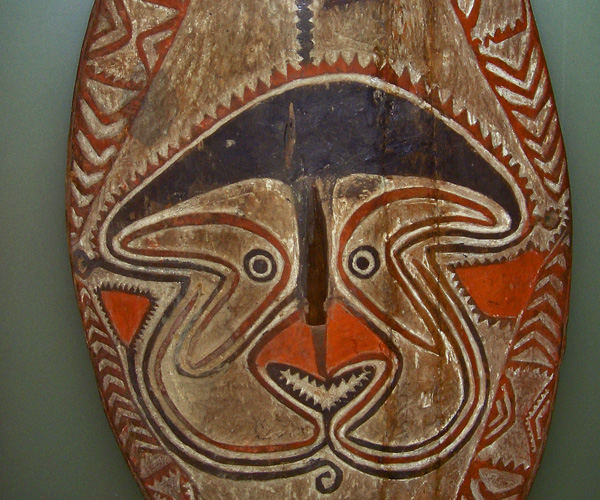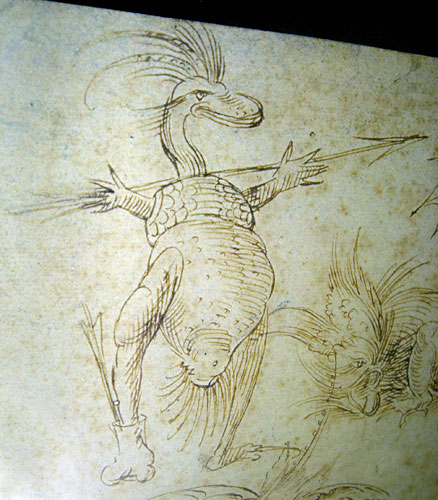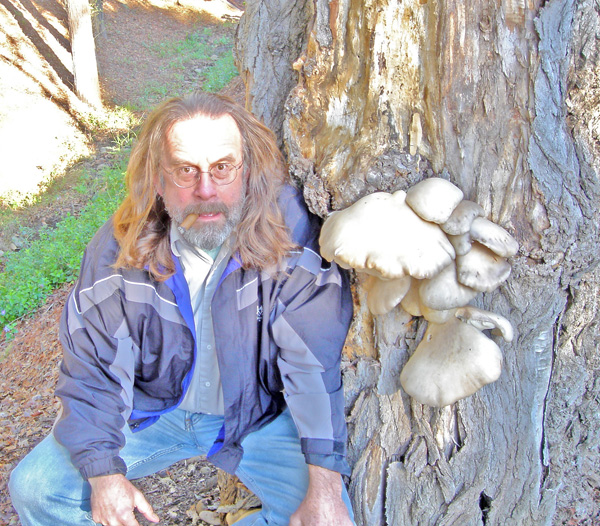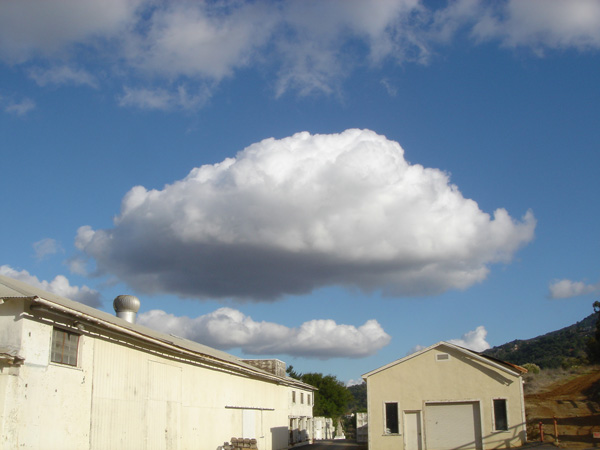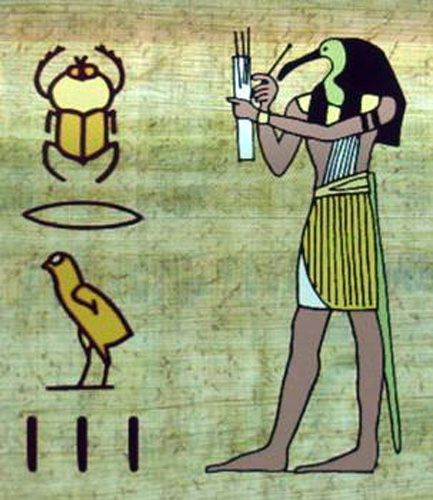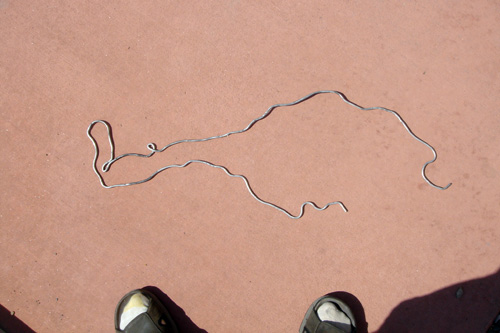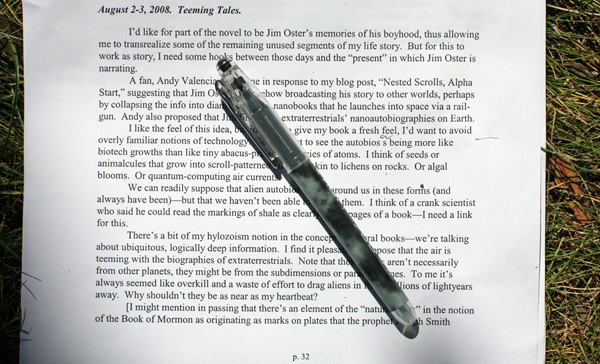
[Draft of the text in this post.]
I’d like for part of the novel to be Jim Oster’s memories of his boyhood, thus allowing me to transrealize some of the remaining unused segments of my autobiography. But for the novel to work as a story, I need some hooks between the old days and the present year (around 2010 ) in which Jim Oster is narrating.
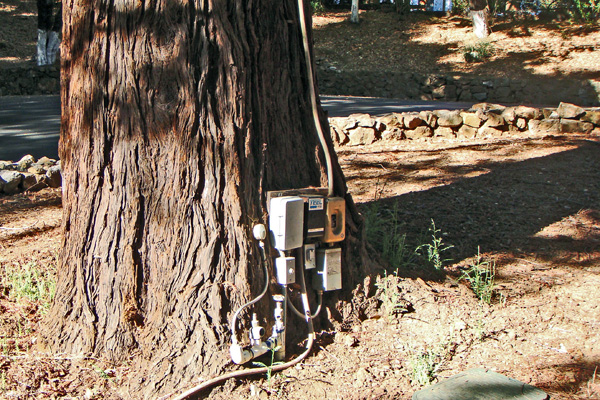
A fan, Andy Valencia, wrote me in response to my blog post, “Nested Scrolls, Alpha Start,” suggesting that Jim Oster be somehow broadcasting his story to other worlds, perhaps by collapsing the info into diamond-weave nanobooks that he launches into space via a rail-gun. Andy also proposed that Jim might find some extraterrestrials’ nanoautobiographies on Earth.
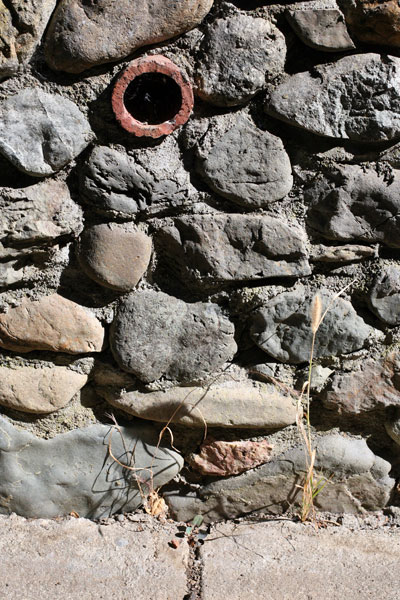
I like the feel of these idea, but in order to give my book a fresh feel, I do want to avoid familiar notions of possible technology—sometimes we forget how unfamiliar the future is likely to be. I see the autobios as being more like biotech growths than like tiny abacus-precise tapestries of atoms. I think of seeds or animalcules that grow into scroll-patterned cultures, akin to lichens on rocks. Or of hive-mind algal blooms. Or of quantum-computing air currents.

We can readily suppose that alien autobios are all around us in these kinds of forms, and always have been. But—until Jim Oster’s breakthroughs—we haven’t been able to read these natural books. Note that natural books aren’t a new concept. For instance, my friend Brian Wallace has, I believe, an ancestor, Alfred Russel Wallace, who was a fringe scientist who said he could read the markings of shale as clearly as the pages of a newspaper.
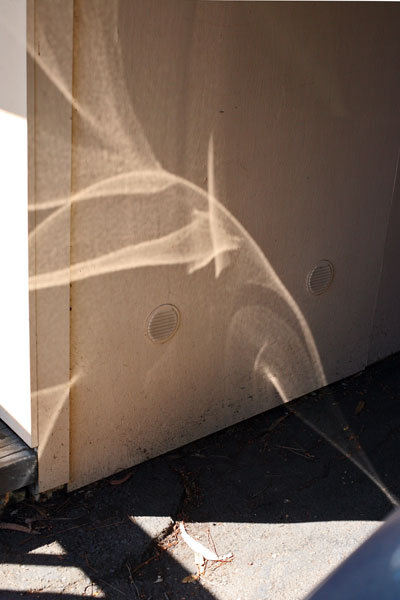
For that matter, the Book of Mormon is described as originating in some marks on plates that the prophet Joseph Smith deciphered by using a “seer stone” or a pair of “stones of sight” known as Urim and Thummim. What if Jim Oster were to found a new religion based on a natural book that he finds in the form of the shadows of a eucalyptus tree’s leaves, or in the rustling whispers of a palm tree’s fronds?
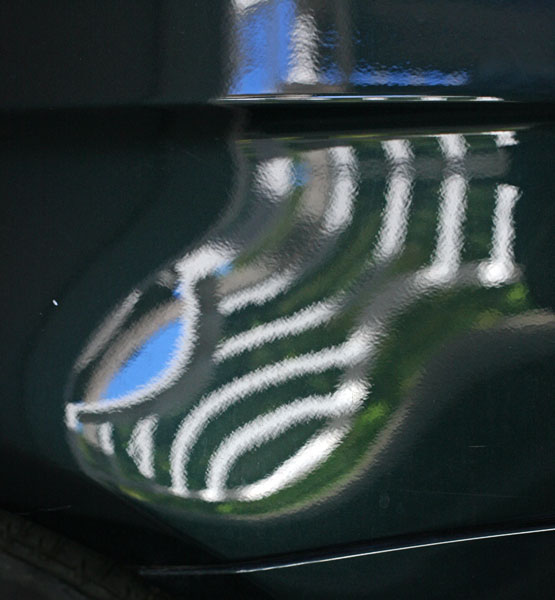
There’s a bit of the hylozoism notion in the concept of natural books—as we’re talking about ubiquitous, logically deep information. I find it pleasant to suppose that the air is teeming with the biographies of extraterrestrials. Note that these aliens aren’t necessarily from other planets, they might be from the subdimensions or parallel branes. To me it’s always seemed like overkill to drag in aliens from millions of light-years away. Why shouldn’t they be as near as my heartbeat?

In any case, Nested Scrolls—or maybe it’s called The Natural Book—still needs a plot. We’d want to have some impending crisis that might end our world—and the aliens are enlisting Jim Oster to help save our shared reality. Save it from who? From some benighted humans—I might well bring back my favorite villains, the Heritagists. One can readily suppose that Heritagists have a hysterical, superstitious, witch-burning fear of the aliens. And they’re working on a Reality Cleansing Treatment to erase all the ambient alien autobiographies and alien minds.

Opening scene: Jim Oster in the hospital, recuperating from what they’re telling him is a mild stroke, caused by a cerebral hemorrhage. His long-term woman friend Anne Wowesse visits him—these two are both somewhat out of it, along the lines of the characters in Phil Dick’s A Scanner Darkly or William J. Craddock’s Be Not Content. This said, I think it clarifies and simplifies my story if I assume that Jim and Anne are both sober, perhaps even in recovery—this way, it’s more believable that their perceptions of the world’s workings are in fact true.

After visiting hours end, and Anne leaves, Jim is thinking over some of the things she said, and he becomes convinced that his so-called stroke or hemorrhage was in fact a Heritagist attempt to wipe the very scroll-nesting powers of alien empathy that Anne has been teaching him.
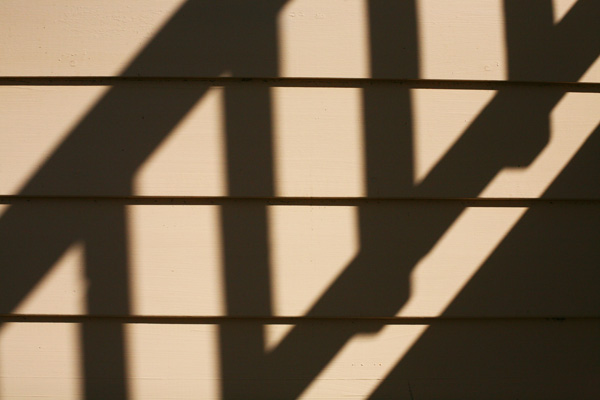
He escapes from the hospital in his gown and catches a ride with a not-so-coincidentally passing van of seeming hippie/punk musicians who are, we suspect, aliens. The odd musicians fan Jim’s mental scrolls back into life, and he becomes more and more certain that, yes, the consensus world-view is a lie. The evidence is right there in his memories—and in the tales that the other van members tell, Decameron style, as they motor down the coast to a disorganized hippie/punk festival to be held on the beach near Andrew Molera State Park.
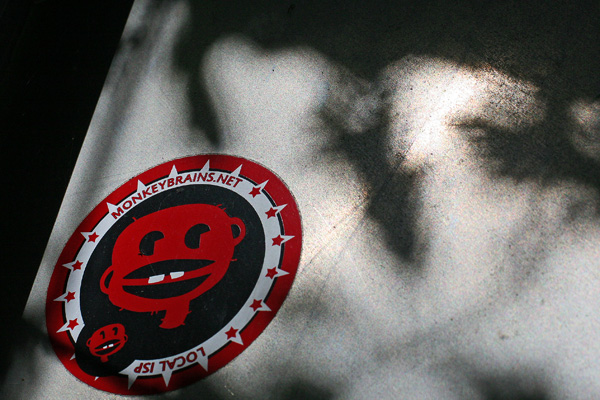
The van band, Monkeybrains, comes on at sunrise, and when they start playing, the aliens and their subdimensional UFOs appear.









